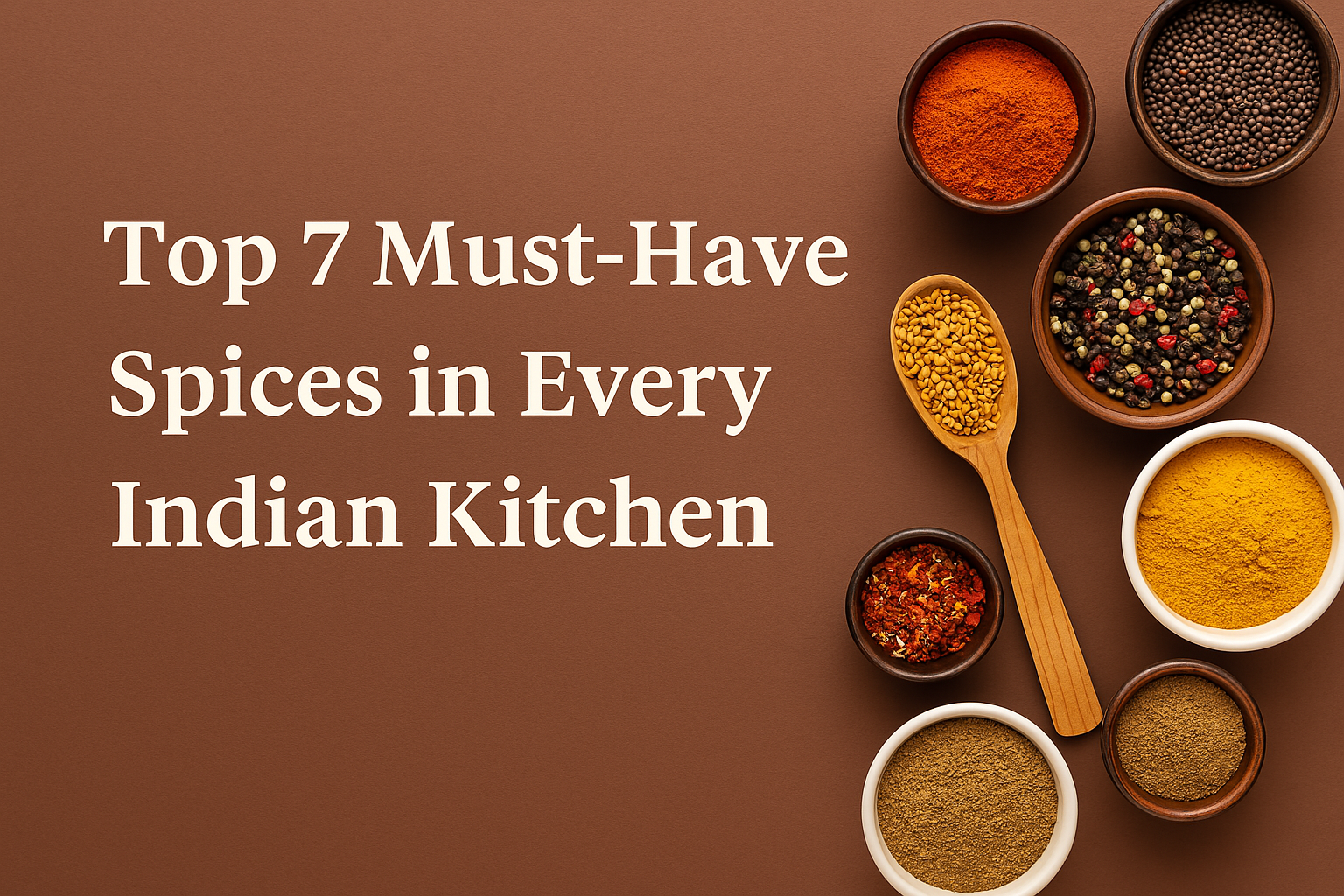From Farm to Flavor: The Journey of Indian Spices
India has long been known as the land of spices, a title earned not only for the variety of spices produced but also for their unmatched quality and richness. But have you ever wondered how your favorite spices like turmeric, cumin, or cardamom go from the soil to your kitchen?
Let’s explore the fascinating journey of Indian spices—from farm to flavor.
1. Cultivation and Sourcing
It all begins with the farmers. Spices like coriander, chili, and fenugreek are cultivated across various Indian states, depending on their climate and soil needs. These crops are typically harvested once a year, often by hand, ensuring quality and freshness.
2. Traditional Drying Techniques
Once harvested, spices are dried under the sun or in specially designed drying units. This stage is crucial, as improper drying can lead to fungal growth or loss of aroma. Traditional sun-drying methods are still preferred for many spices like red chilies and turmeric, enhancing their natural color and flavor.
3. Sorting and Grading
After drying, spices go through rigorous sorting and grading processes. The finest quality spices are separated based on color, size, aroma, and texture. Premium spice exporters and suppliers maintain strict quality control to ensure only the best reaches your kitchen.
4. Processing and Packaging
Processing includes cleaning, grinding, and sometimes roasting—depending on the spice. Hygienic packaging ensures the flavors and oils are sealed in, so when you open that pouch of cumin or black pepper, it’s as fresh as ever.
5. Reaching You
From spice markets to online platforms, these tiny flavor bombs travel across cities and even countries to reach homes, restaurants, and kitchens around the world.
Spices are not just ingredients—they’re a story of tradition, soil, and culture. Every pinch you add to your dish carries a rich history and a burst of flavor straight from India’s heartland.



